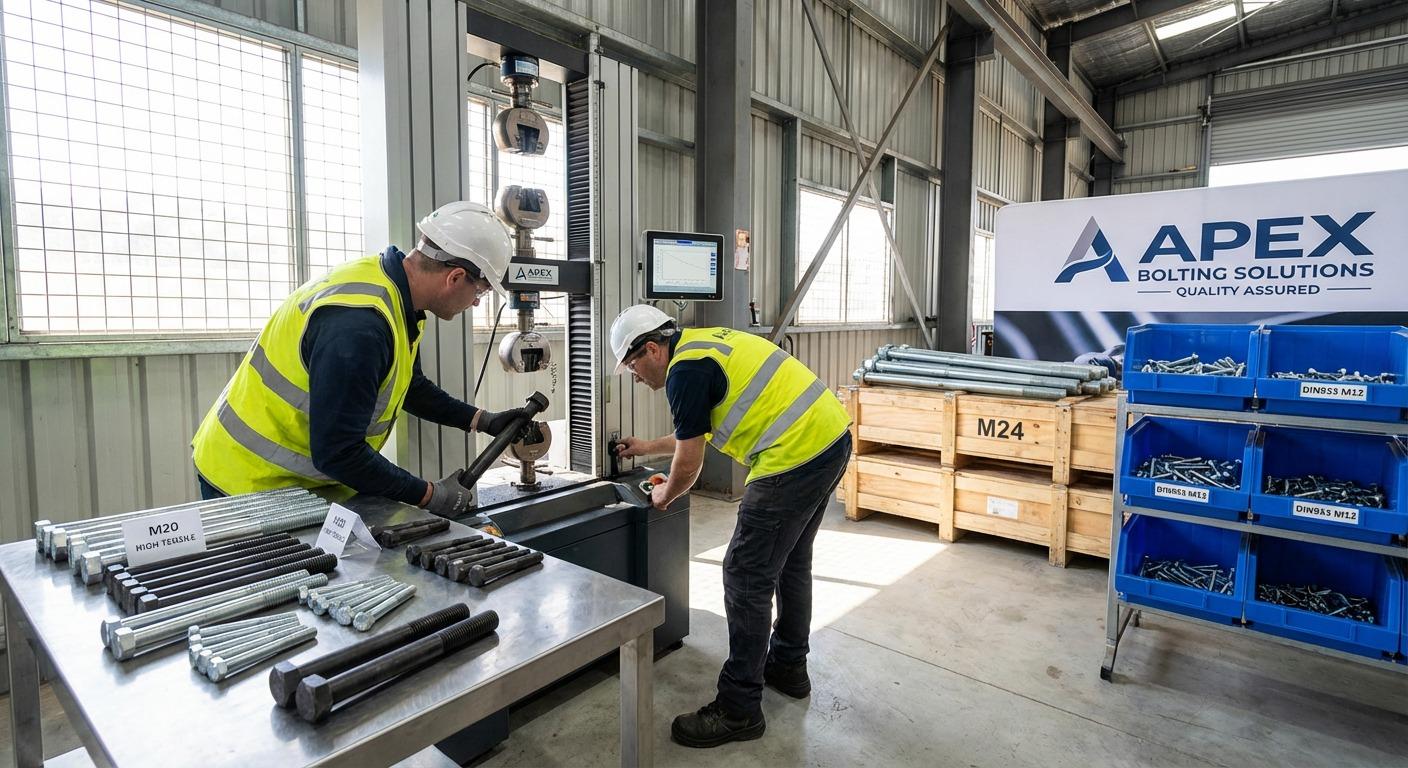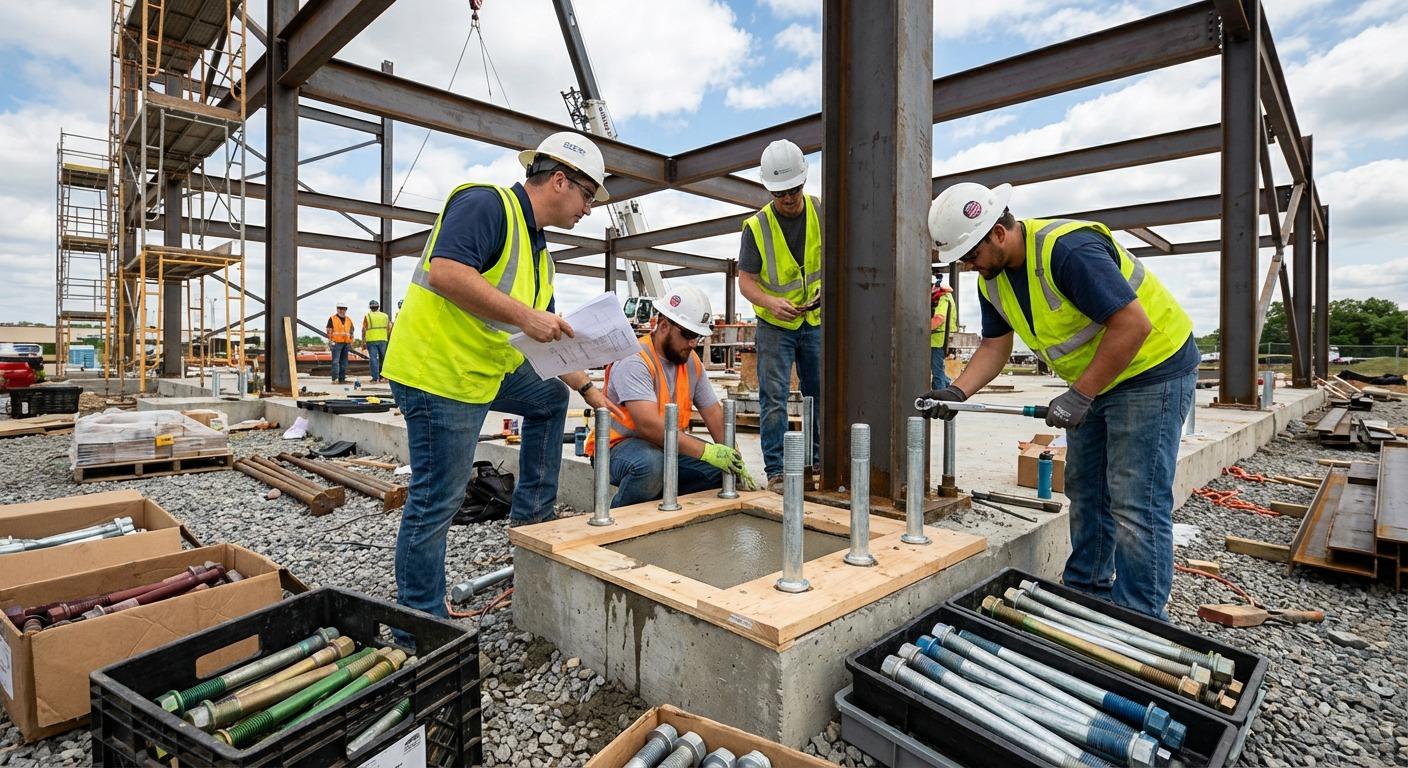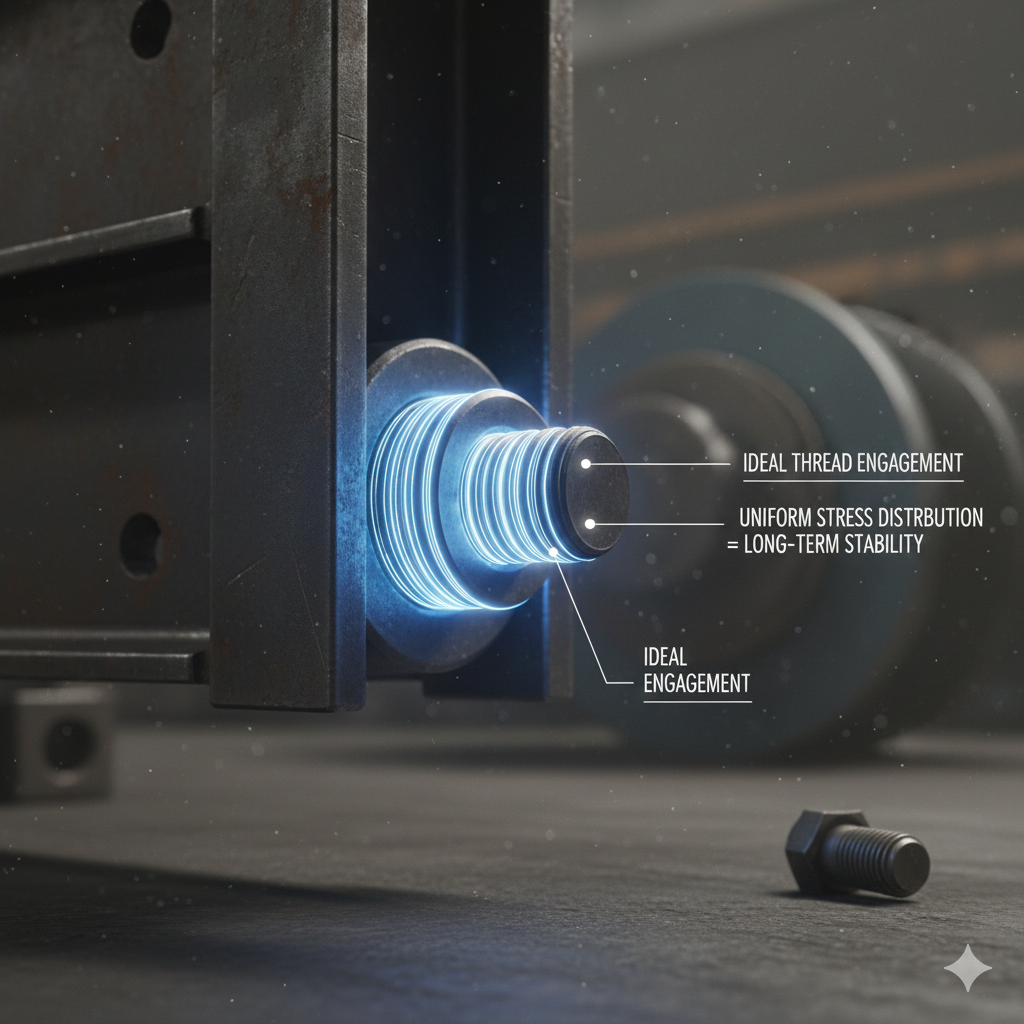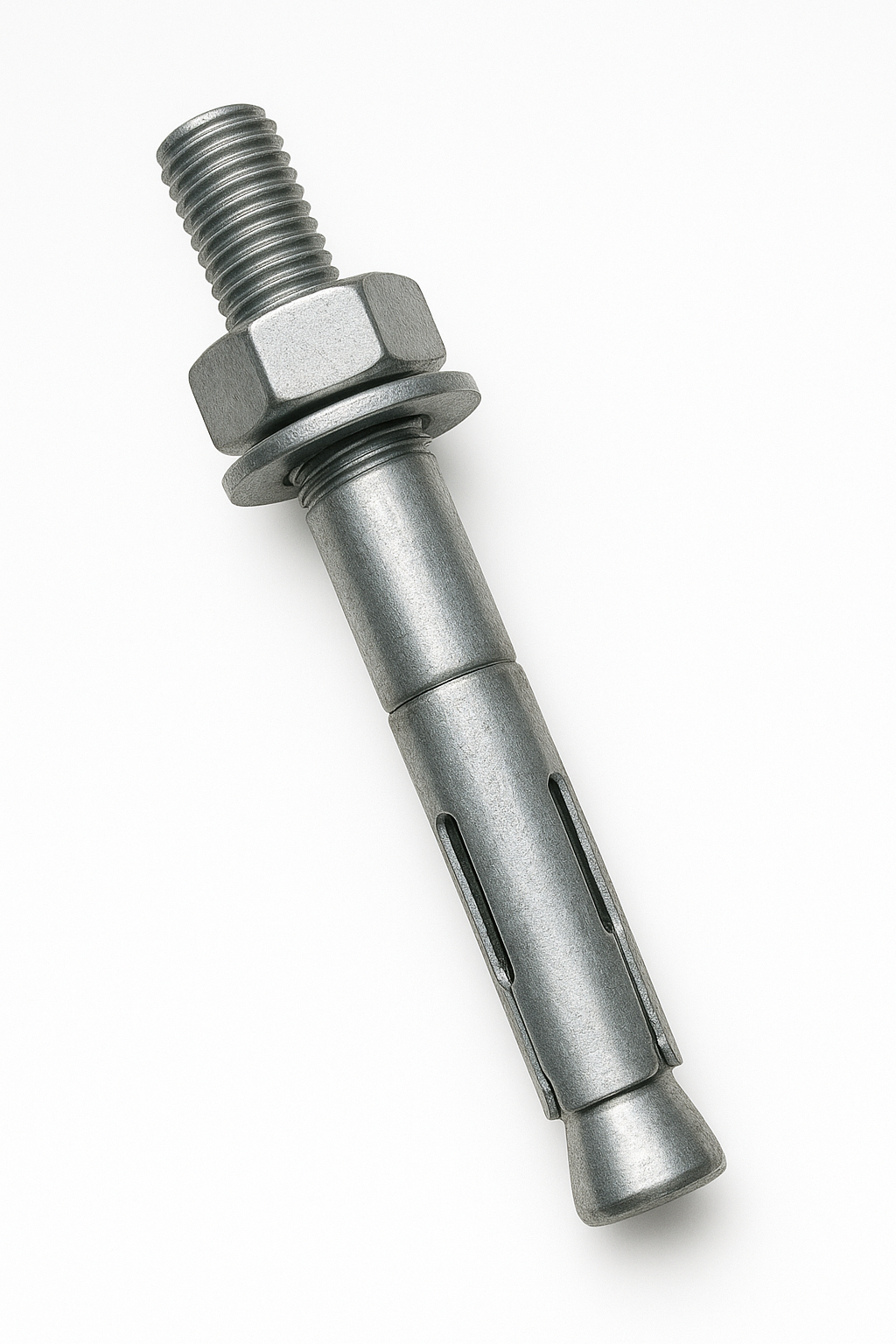The importance of cable clamps
Cable clamps, as a common cable fixing device, play a crucial role in the fields of modern electrical engineering and communications. It is mainly used to support, fix and protect cables, ensuring that the cables can operate properly in complex environments. Whether it is home wiring or industrial production, cable clamps provide strong guarantees for the safety and tidyness of cables.
There are many types of cable clamps that can be selected according to the application environment and requirements. For example, plastic cable clamps are suitable for indoor wiring because of their light weight and good corrosion resistance; while metal cable clamps are widely used in industrial environments due to their high strength and high temperature resistance. Choosing the right cable clamp can greatly extend the service life of the cable.
Functions and features of cable clamps
The most significant function of cable clamps is to fix the cables, reduce the impact of vibrations, and avoid damage to the cables due to frequent movement or friction. In addition, it can help cable wiring be more neat and reduce the interference of line entanglement to system work. Especially in some industrial and commercial scenarios, the number of cables is huge and the wiring is complex, and the existence of cable clamps can make the wiring more efficient and standardized.
In addition, the cable clamp has a variety of features, such as easy installation, long service life and adaptation to a variety of environmental conditions. These features allow cable clamps to play an excellent role in both dry indoor spaces and humid outdoor environments. Some modern intelligent cable clamps even have temperature monitoring and alarm functions, providing more guarantees for the network or power system.
How to choose a suitable cable clamp
The requirements for cable clamps are different in different application scenarios, so when choosing a cable clamp, you need to consider a variety of factors. First, the material and environmental conditions of the cable should be clarified. If the cable is in a high temperature or corrosive environment, it is recommended to choose a metal cable clip with excellent high temperature resistance or corrosion resistance; for ordinary indoor use, plastic clips are a more economical choice.
Secondly, the size and quantity of cables need to be considered. The size of the cable clamp should match the cable diameter to ensure that the clamp is firmly held. In addition, if the number of cables is large, you can choose multi-wire design cable clamps to improve wiring efficiency.
In short, the appropriate selection and application of cable clamps is crucial to improving the stability and safety of the electrical system. Whether you are engaged in a home wiring project or a complex industrial project, the inconspicuous small device of cable clamp can bring greater convenience and guarantee to your project.







